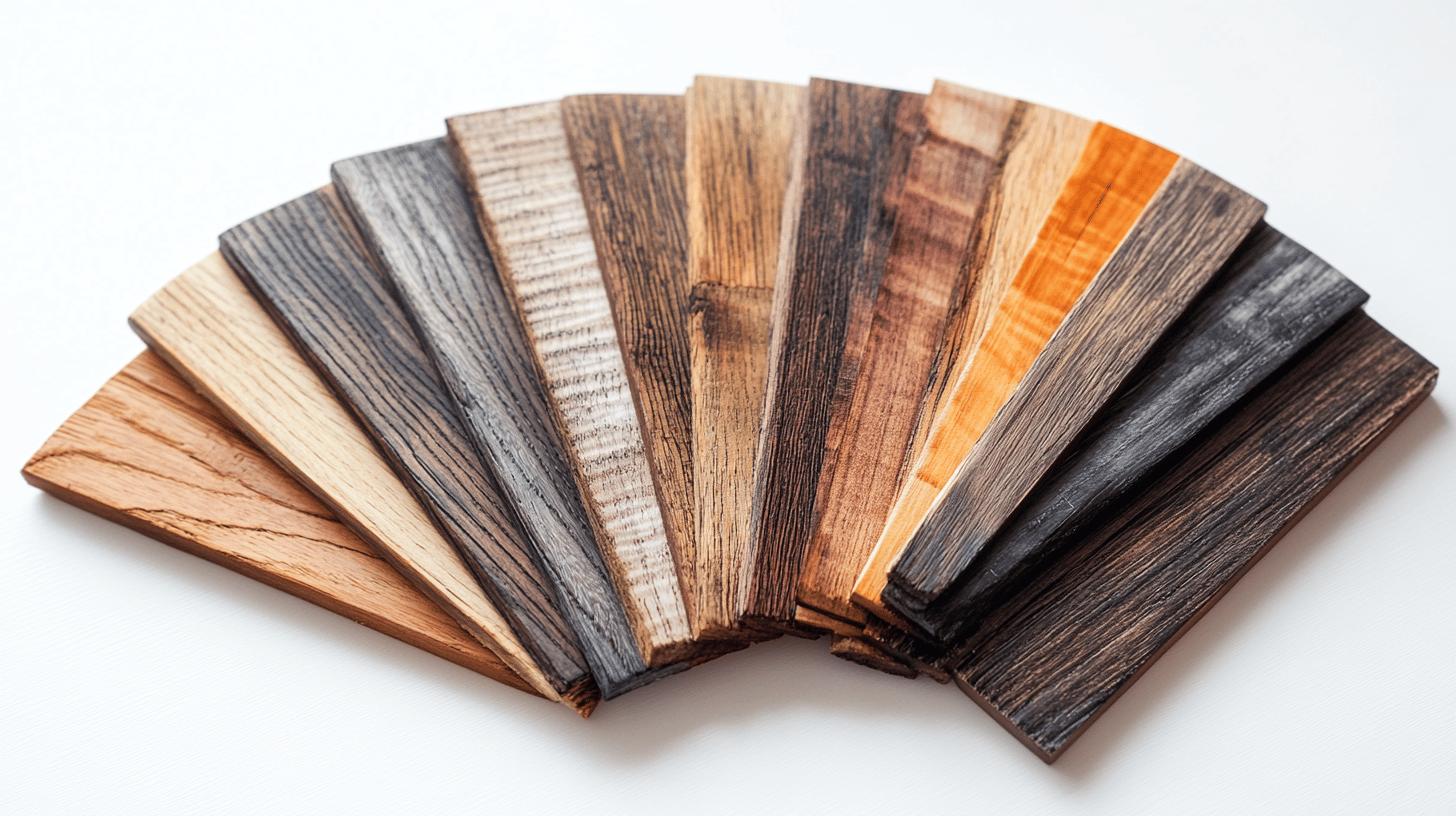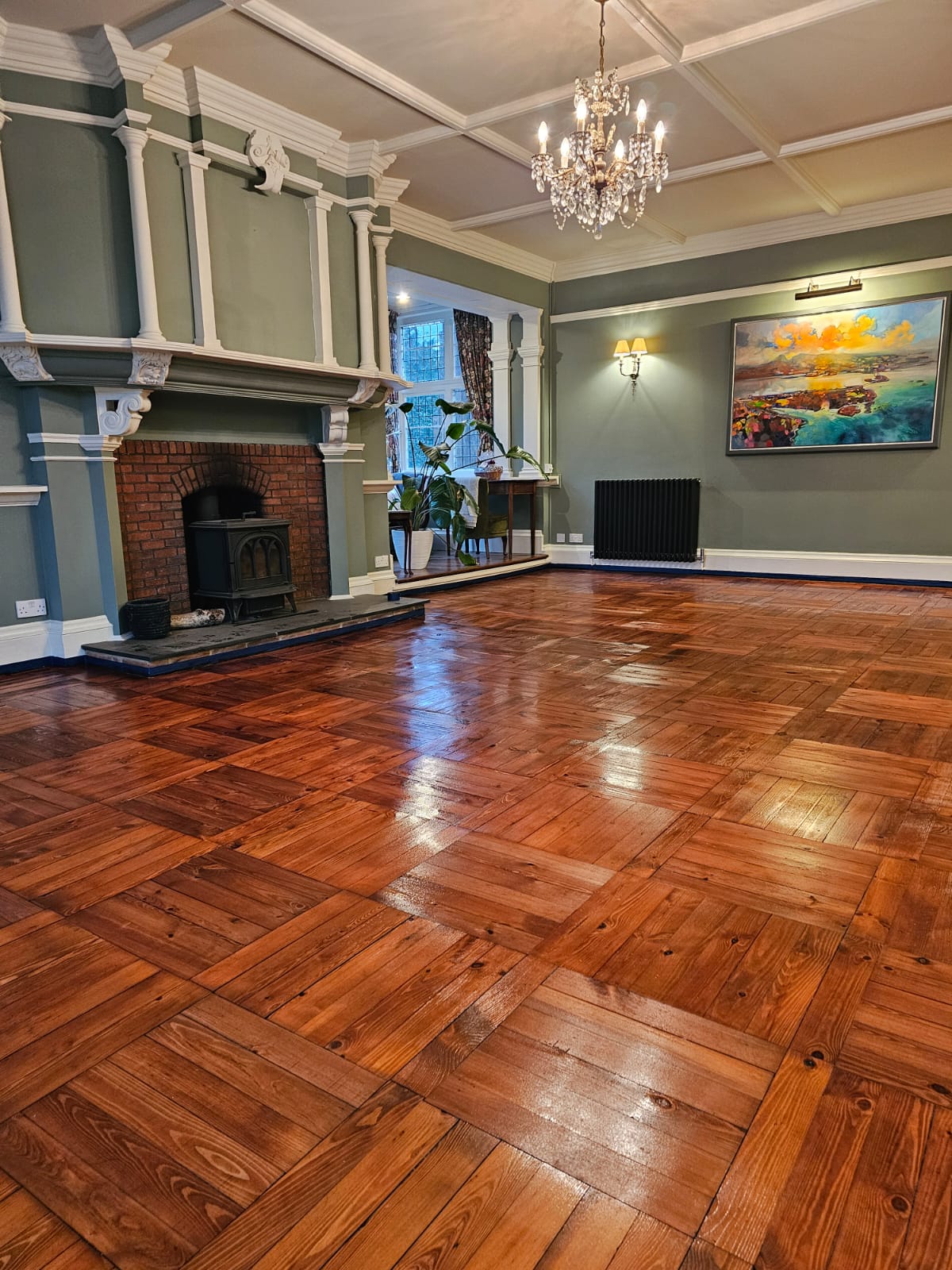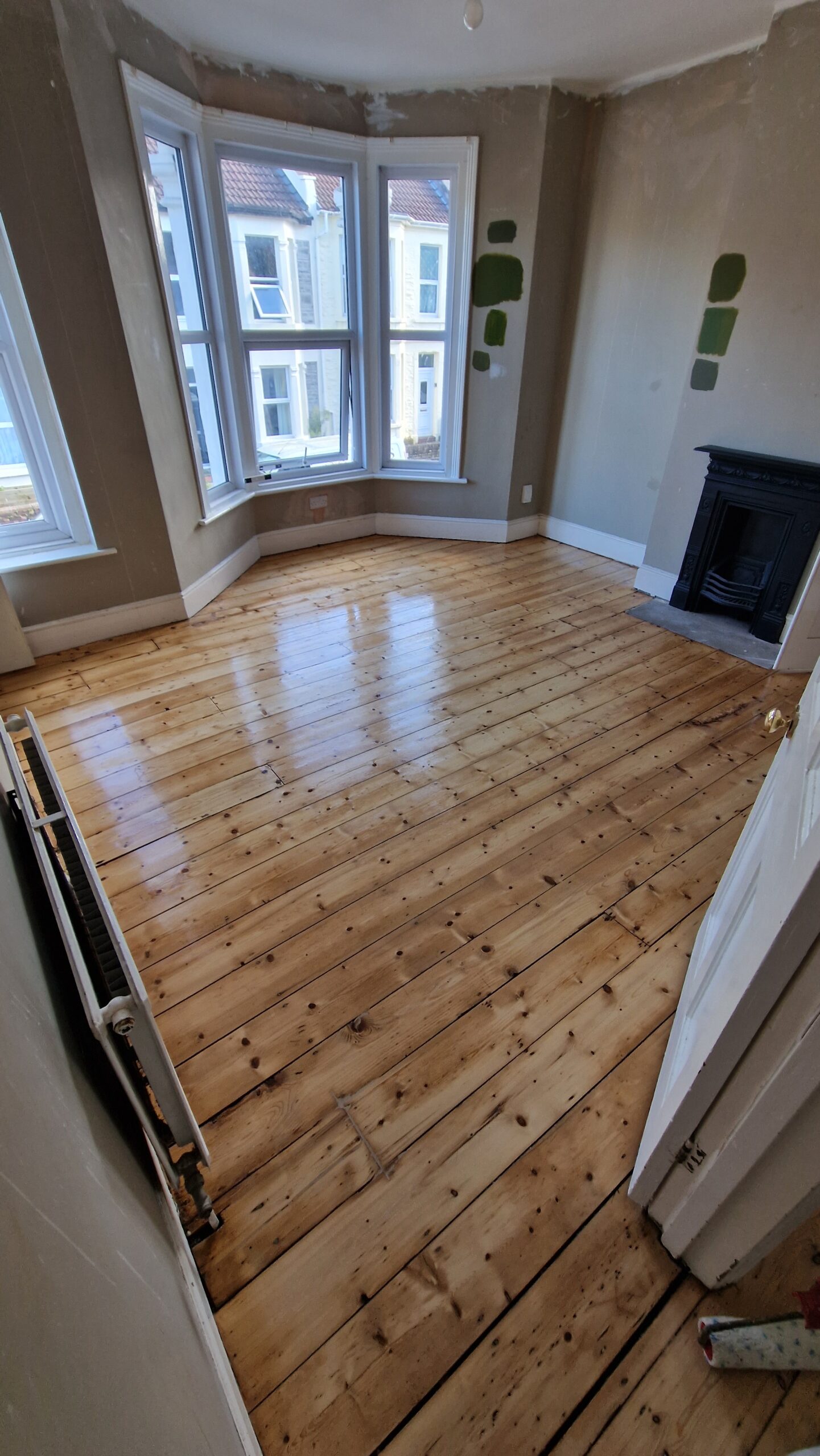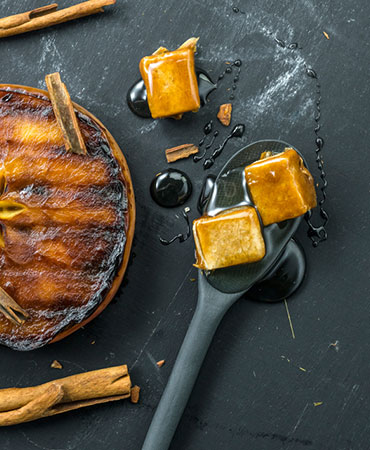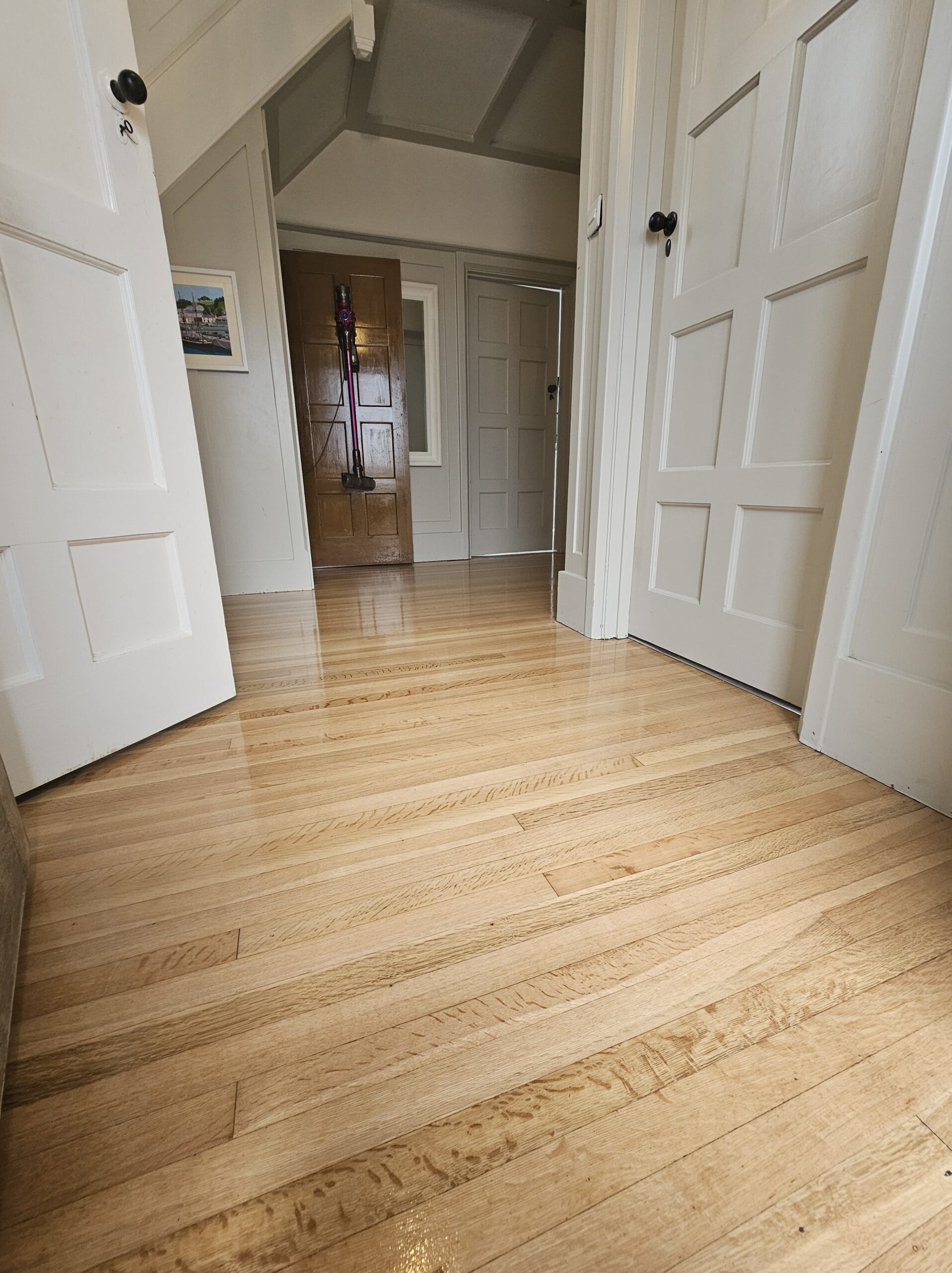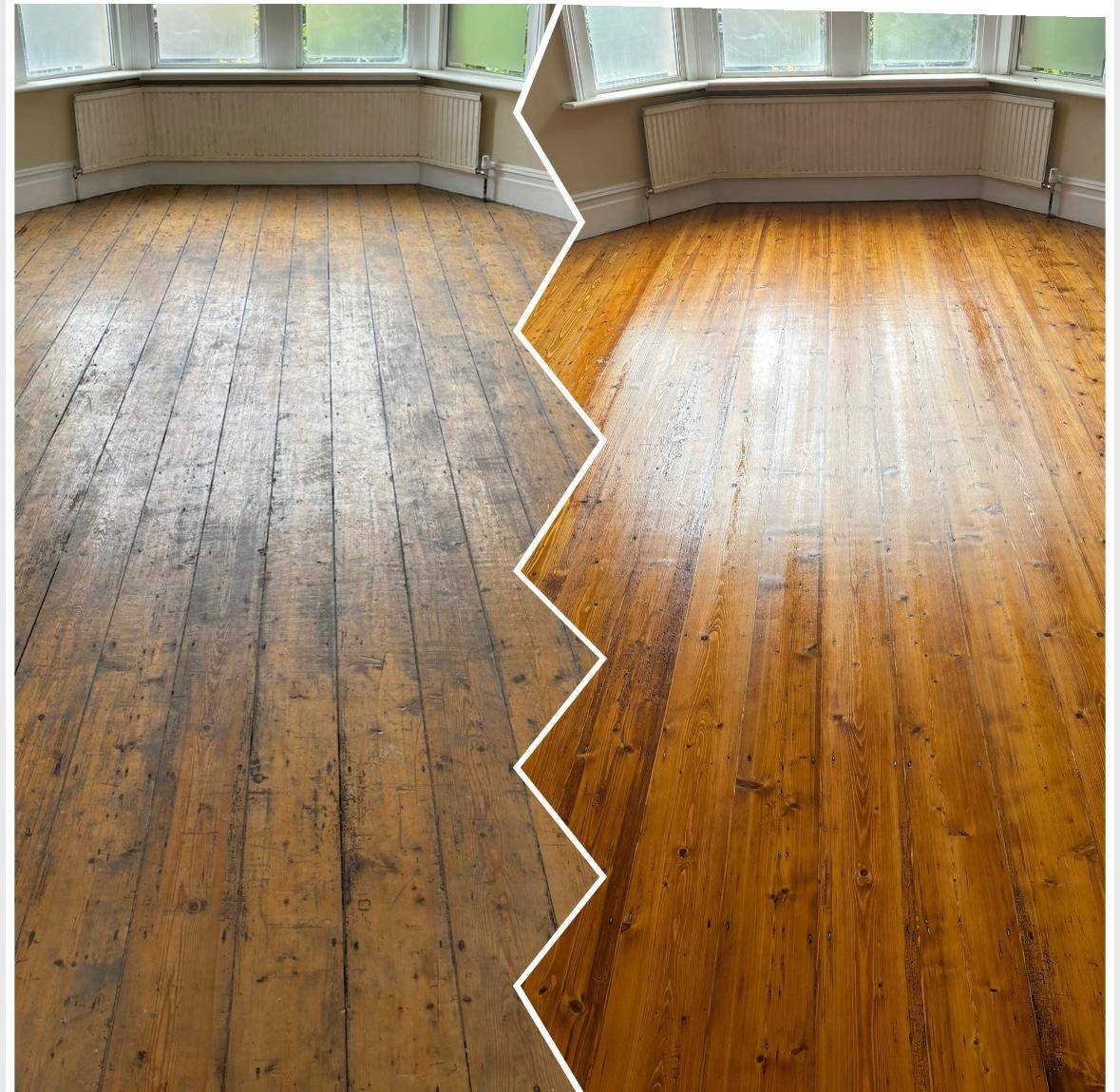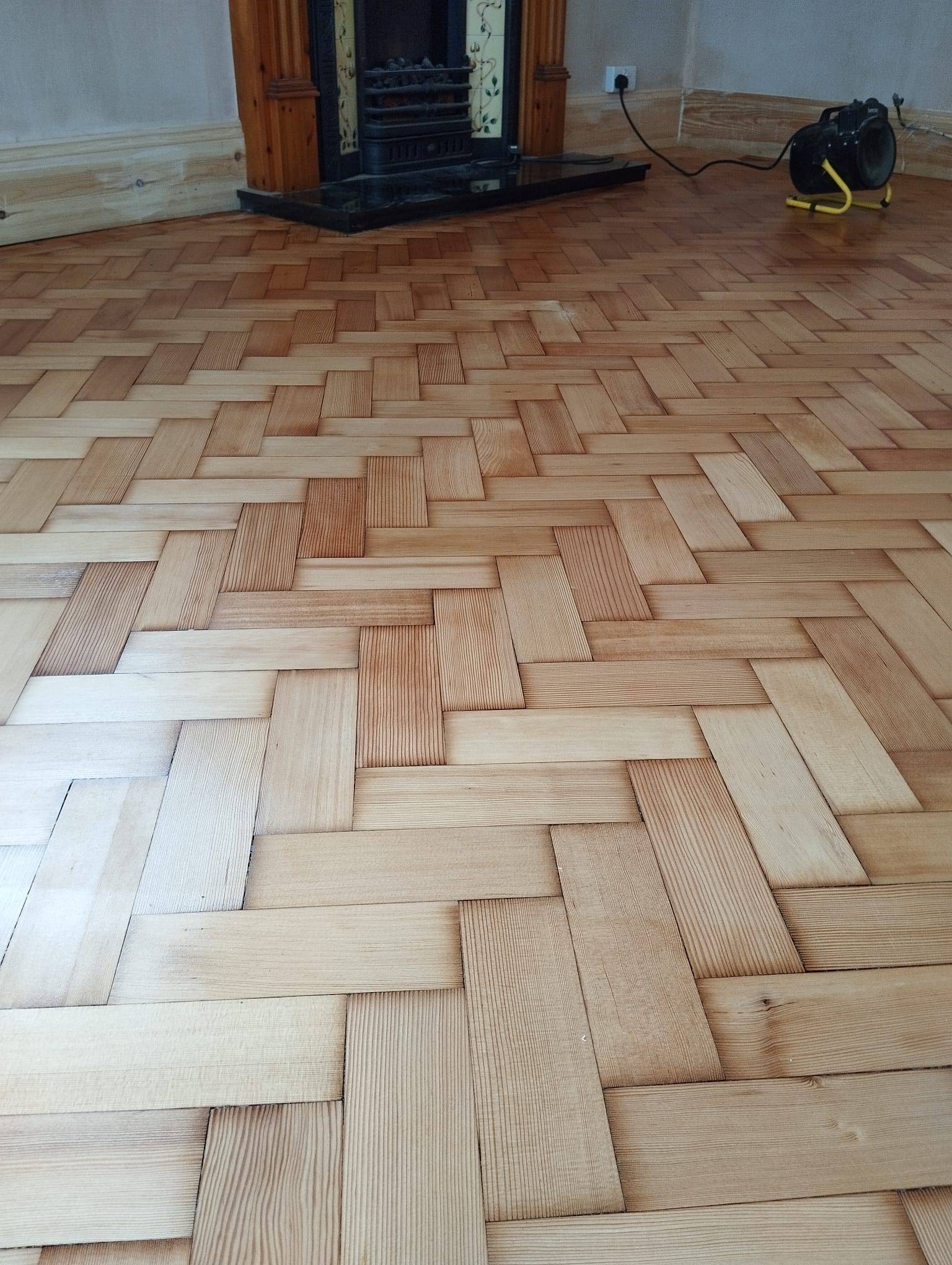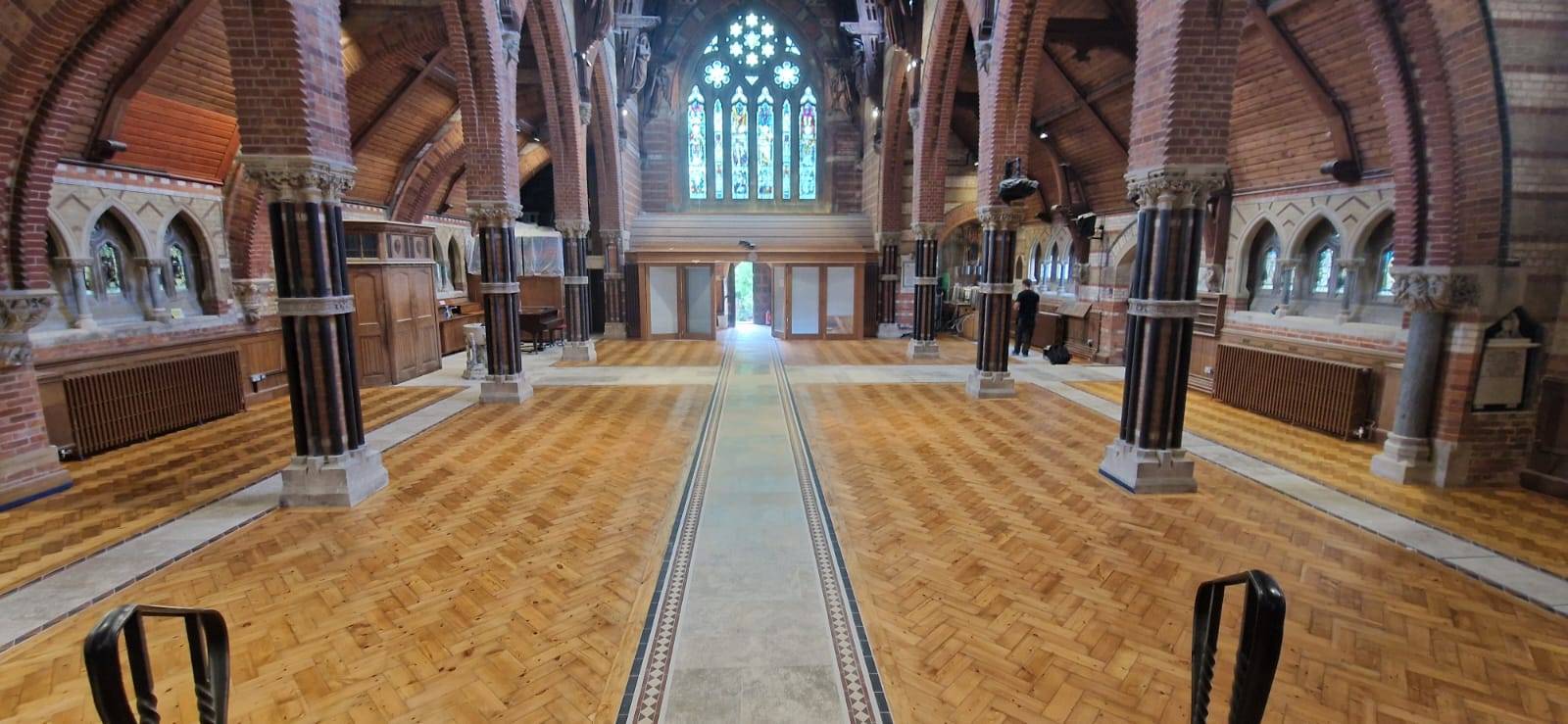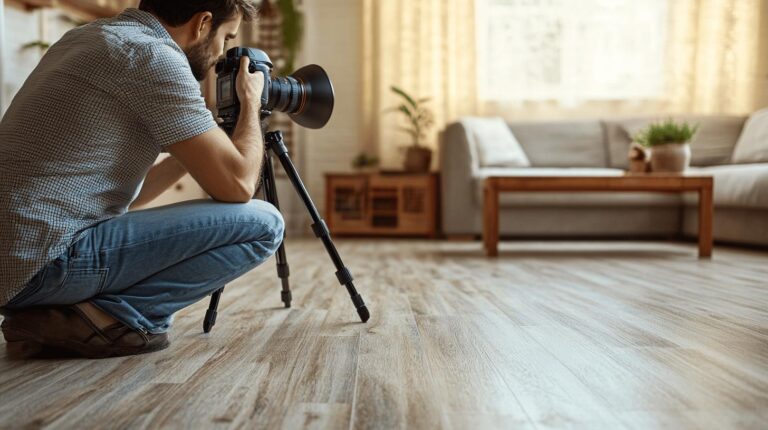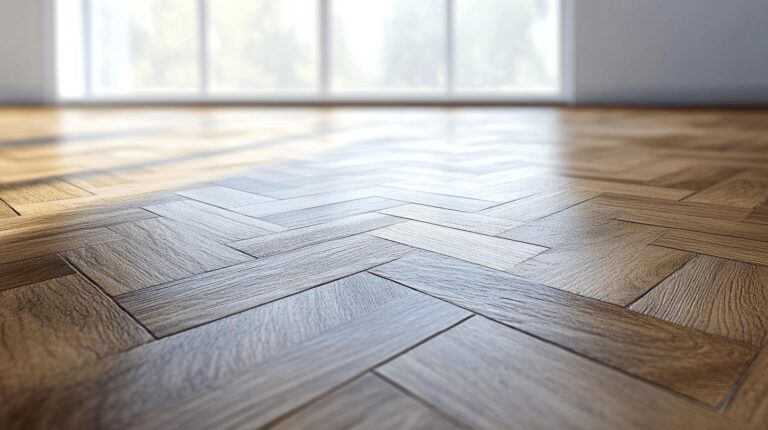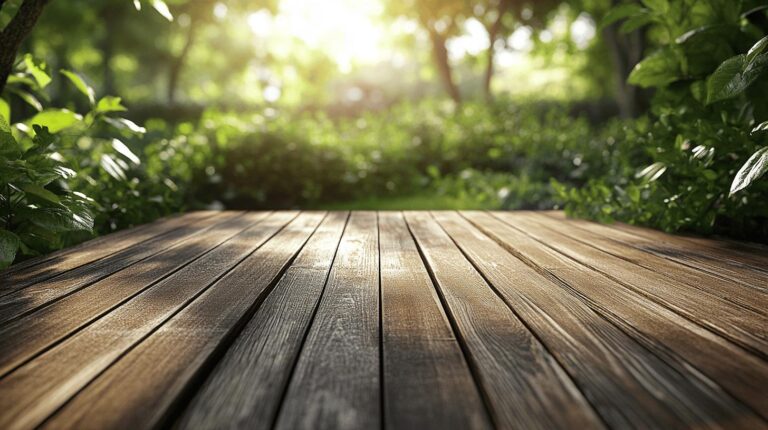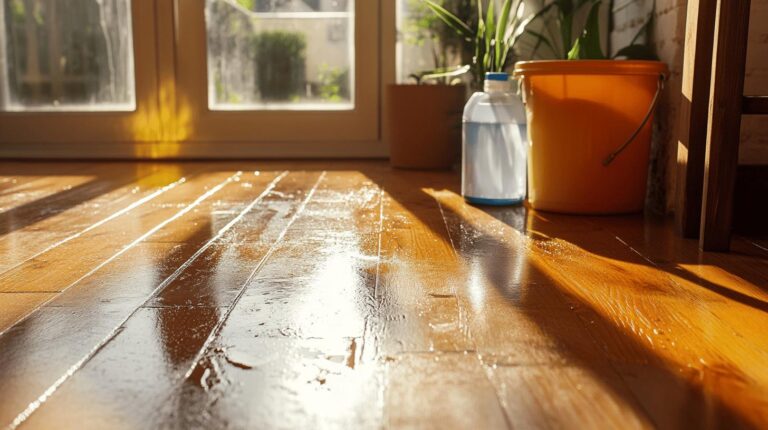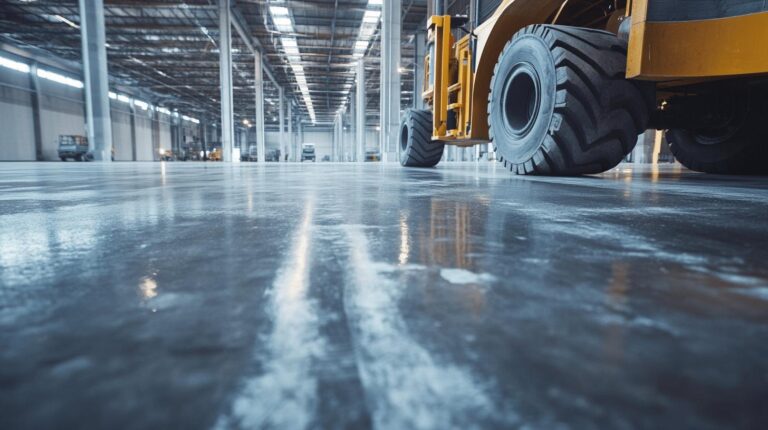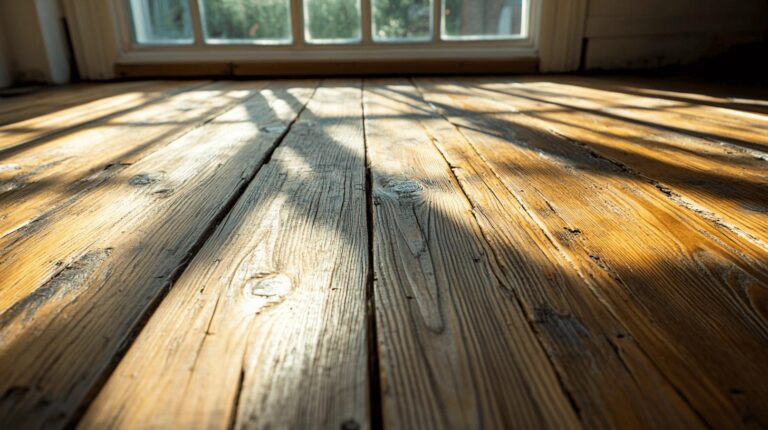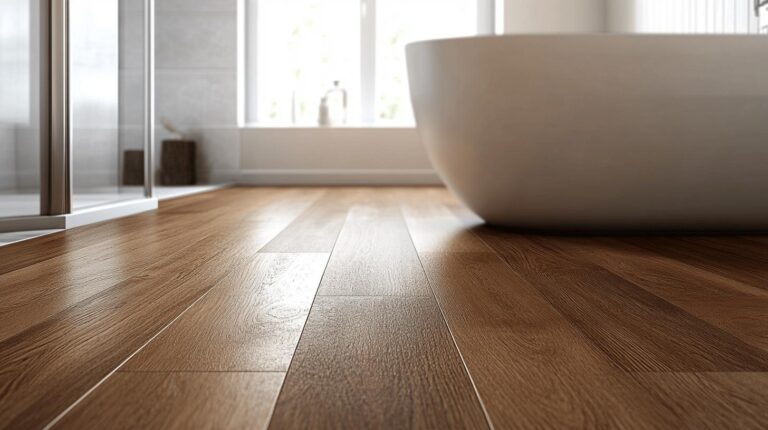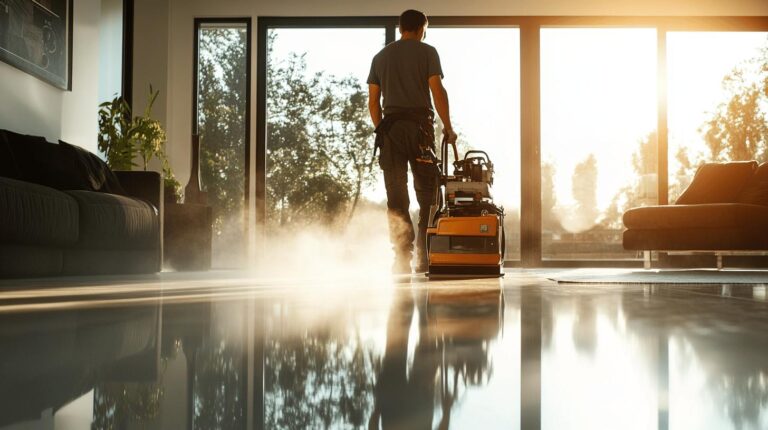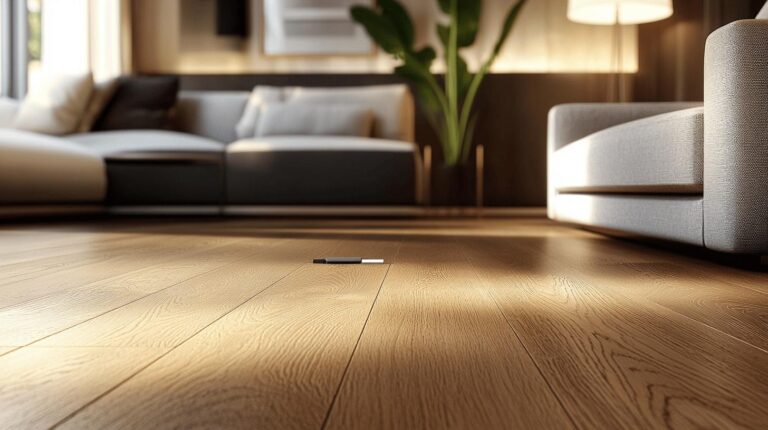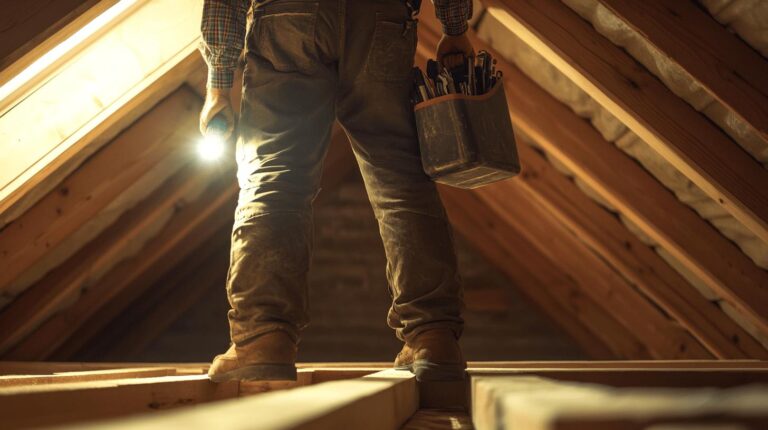When it comes to transforming the ambience of your home with the right stain for your wooden floors, do you lean towards time-honoured traditions or favour cutting-edge modern techniques? Each approach offers unique benefits—traditional methods evoke a classic charm and richness, while modern innovations deliver diverse colour options and environmental advantages. This creative guide delves into both worlds, providing you with an in-depth comparison to aid your decision-making process. Discover how you can achieve a stunning wood floor finish that complements your personal style, enhances home value, and ensures a durable, long-lasting result.
Traditional Wood Floor Staining Techniques
Traditional wood floor staining techniques are renowned for their ability to enhance the natural beauty of hardwood floors. Oil-based stains are a staple in these traditional methods, offering a rich and glossy finish that highlights the wood’s grain and texture. Historically, these stains have been used for centuries, with techniques and formulations often passed down through generations. The application of such stains requires a meticulous approach, ensuring even coverage and the desired finish. The rich hues of oil-based stains have made them a preferred choice in settings where a classic and time-honoured appearance is desired.
Traditional staining involves a variety of tools and techniques, each contributing to the unique finish achieved:
- Hand brushes for precise application
- Natural bristle brushes to apply oil-based stains evenly
- Wool applicators for smooth and consistent coverage
- Traditional sanding methods to prepare the wood surface
- Layering techniques to gradually build up deep, rich tones
The use of traditional staining methods comes with both benefits and challenges. One of the primary advantages is the depth and richness of colour that can be achieved, which is often unparalleled by modern alternatives. However, these methods are time-consuming and require a high level of skill and experience to execute correctly. The drying time for oil-based stains can also be longer, necessitating patience and careful planning. Despite these challenges, the results can be stunning, providing a timeless and elegant finish that enhances the wood’s natural beauty.
Modern Wood Floor Staining Techniques
Modern wood floor staining techniques have revolutionised the industry, offering both environmental benefits and ease of application. Water-based stains, a significant innovation, dry quickly and emit low levels of volatile organic compounds (VOCs), making them a preferred choice for those concerned about air quality and environmental impact. These modern stains are user-friendly, providing a straightforward application process suitable for both DIY enthusiasts and professional floor installers.
Water-Based vs. Oil-Based Stains
When comparing water-based and oil-based stains, several key differences arise.
- Drying Time: Water-based stains dry significantly faster than their oil-based counterparts. This quick drying time makes them ideal for projects with tight schedules.
- VOC Emissions: Water-based stains boast low VOC emissions, contributing to a healthier indoor environment, while oil-based stains tend to release higher levels of VOCs.
- Finish Quality: Oil-based stains are known for their rich, glossy finish, enhancing the wood’s natural grain. In contrast, water-based stains offer a more subtle sheen, with options for matte finishes that are increasingly popular in modern interior design.
Recent innovations in staining technology have expanded the range of available colours and finishes. UV-resistant options help protect the wood from sun damage, extending the life and vibrancy of the stain. These advancements allow for greater personalisation, enabling homeowners to choose from a diverse palette that complements any interior style. Additionally, modern stains are formulated to be more durable and resistant to wear, making them ideal for high-traffic areas.
Modern wood floor staining techniques not only enhance the aesthetic appeal but also cater to environmentally conscious consumers. With ongoing innovations, the options for customising wooden floors continue to expand, offering a perfect balance between beauty and sustainability.
Factors Influencing Wood Floor Stain Selection
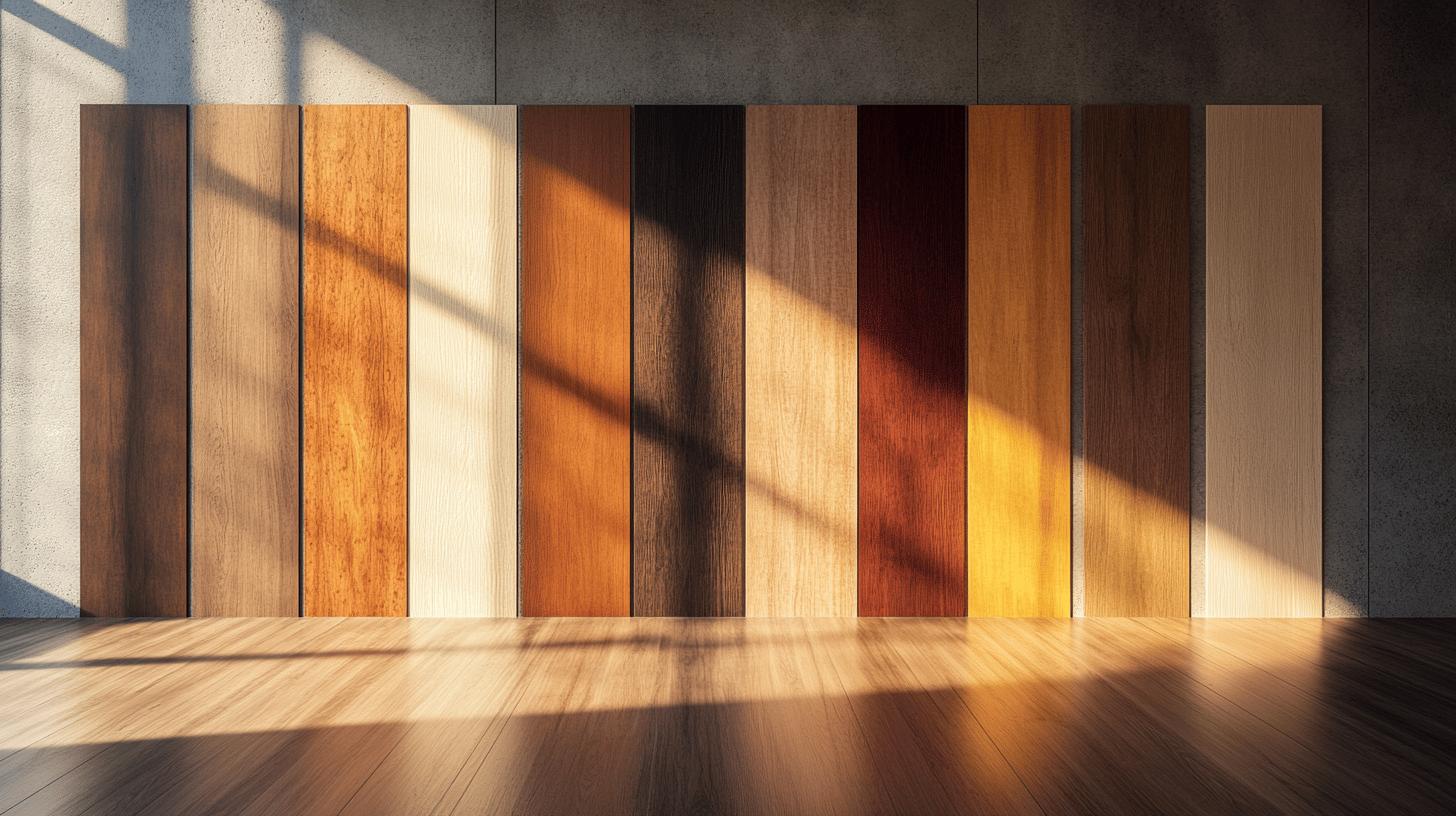
Selecting the right wood floor stain is a nuanced process that hinges on several key factors, with the wood species and room conditions playing a pivotal role. Different wood types have distinct absorption rates, impacting how the stain appears once applied. For instance, dense woods like maple may not absorb stain as readily as softer woods like pine, necessitating different preparation techniques to achieve an even finish. Additionally, room lighting conditions can dramatically alter the appearance of a stained floor, with natural light enhancing some colours while overshadowing others. Thus, considering both the wood’s natural characteristics and the lighting environment is crucial for achieving the desired aesthetic outcome.
- Natural Oak
- Walnut Brown
- Classic Grey
- Ebony Black
- Cherry Red
- Golden Pecan
Personal style preferences and testing stain samples are essential in the stain selection process. Each stain colour can convey a different mood and style, from the airy elegance of light tones to the rich sophistication of deep hues. Homeowners should test multiple stain samples on their chosen wood to observe how each interacts with the wood grain and responds to lighting. This hands-on approach allows for a more informed decision, ensuring that the final choice aligns with personal taste and complements the overall decor scheme. By considering these factors and engaging in thorough testing, one can achieve a wood floor finish that not only meets functional requirements but also enhances the home’s aesthetic appeal.
Maintenance and Longevity of Stained Wood Floors
Regular cleaning and protective measures are fundamental for preserving the aesthetic and structural integrity of stained wood floors. Dust and debris, if not routinely removed, can cause scratches and dull the finish over time. Employing soft-bristle brooms or vacuum cleaners with a hardwood setting is advisable to gently clean the surface without inflicting damage. Additionally, using rugs in high-traffic areas and placing protective pads under furniture can significantly reduce the risk of scratches and wear. Such preventive steps not only maintain the floor’s beauty but also prolong its lifespan by mitigating everyday stressors.
- Sweep or vacuum regularly to remove dust and debris
- Use mats and rugs in entryways and high-traffic areas
- Place felt pads under furniture legs to prevent scratches
- Wipe spills immediately to prevent staining
- Avoid using harsh chemicals that can degrade the finish
When it comes to choosing stains, durability is a crucial consideration, particularly in areas subject to heavy foot traffic. Commercial-grade stains are designed to withstand more rigorous use, offering superior resistance to wear, scratches, and scuffs. These stains often contain advanced formulations that enhance their toughness, making them ideal for kitchens, hallways, and other busy spaces. By selecting a durable stain and adhering to a consistent maintenance routine, homeowners can ensure their wood floors remain vibrant and robust for years to come.
Environmental Considerations and Stain Selection
Eco-friendly and non-toxic stains have gained popularity due to their reduced environmental impact, making them a preferred choice for environmentally conscious consumers. These stains typically have low volatile organic compound (VOC) emissions, which are crucial for maintaining good indoor air quality. Reducing VOC emissions not only benefits the environment but also ensures a safer living space, free from harmful chemicals that can affect health. By opting for sustainable wood stain options, homeowners contribute to a healthier home environment while still achieving the desired aesthetic for their floors. These eco-friendly solutions often offer comparable durability and colour richness to traditional options, making them a viable alternative without sacrificing quality.
The importance of indoor air quality and sustainability cannot be overstated when selecting wood floor stains. Poor indoor air quality can lead to a range of health issues, from respiratory problems to allergic reactions. Therefore, choosing stains with low VOC emissions is paramount in creating a safe and healthy living environment. Furthermore, sustainability considerations ensure that the materials used are sourced responsibly, minimising the ecological footprint. By prioritising these factors, homeowners not only protect their own well-being but also contribute positively to broader environmental conservation efforts. Through informed stain selection, it is possible to achieve a balance between aesthetic appeal and eco-conscious living.
Final Words
Choosing the right wood floor stain, whether traditional or modern, profoundly influences the aesthetic and longevity of your flooring. Traditional techniques offer a rich, historic charm, while modern methods bring innovation and environmental friendliness. It’s crucial to consider factors like wood type, stain durability, and maintenance needs. Balancing personal style with sustainability can enhance the home’s atmosphere and value. With careful selection and proper care, stained wood floors can remain beautiful and functional for many years to come.
FAQ
Choosing the right stain for hardwood floors?
Choosing the right stain for hardwood floors involves matching the wood type, room lighting, and personal style. It’s crucial to test stains on samples to ensure the desired aesthetic and compatibility with the wood.
How do you choose the right wood floor stain?
The process of selecting a wood floor stain requires considering factors such as wood species, lighting conditions, and personal tastes. Testing various stains on wood samples helps find the best match.
What wood floor stain is timeless?
A timeless wood floor stain often features classic shades such as natural oak, rich mahogany, or walnut. These colours complement various decor styles and have lasting appeal.
What colour of wood floors will be used in the 2025 style?
For 2025, stylish wood floors feature muted tones like white, grey, and soft neutrals, providing a modern touch while maintaining classic elegance. These options blend well with diverse interior designs.
